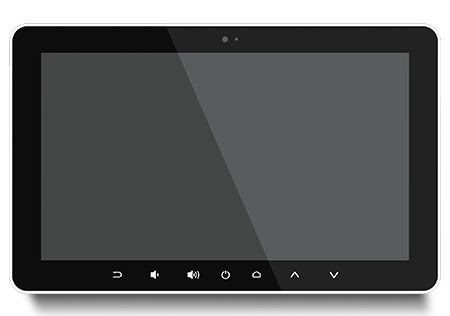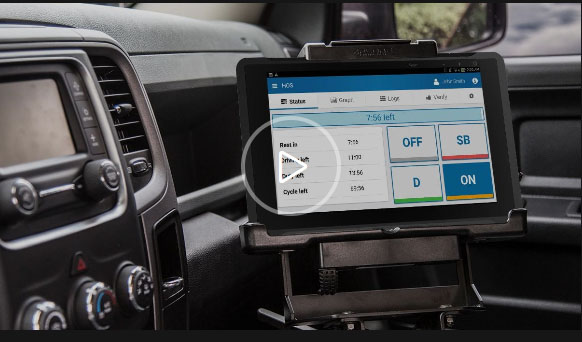SaintwayTech’s hospital bedside infotainment terminal are used in hospitals and healthcare settings to provide patients with entertainment and information services. These hospital bedside infotainment terminals can be placed in patient rooms and common areas, allowing patients to enjoy TV shows, movies, and news during their hospital stay, which helps reduce patient anxiety and feelings of isolation. Additionally, hospital televisions can be utilized to offer health education and medical information, helping patients understand their conditions and treatments. Moreover, these hospital bedside infotainment terminal can also be used for training healthcare professionals, broadcasting medical education content and surgical videos to enhance their expertise and skills. Our devices add comfort and convenience to the hospital environment, providing a better medical experience for both patients and medical staff.....MORE


















